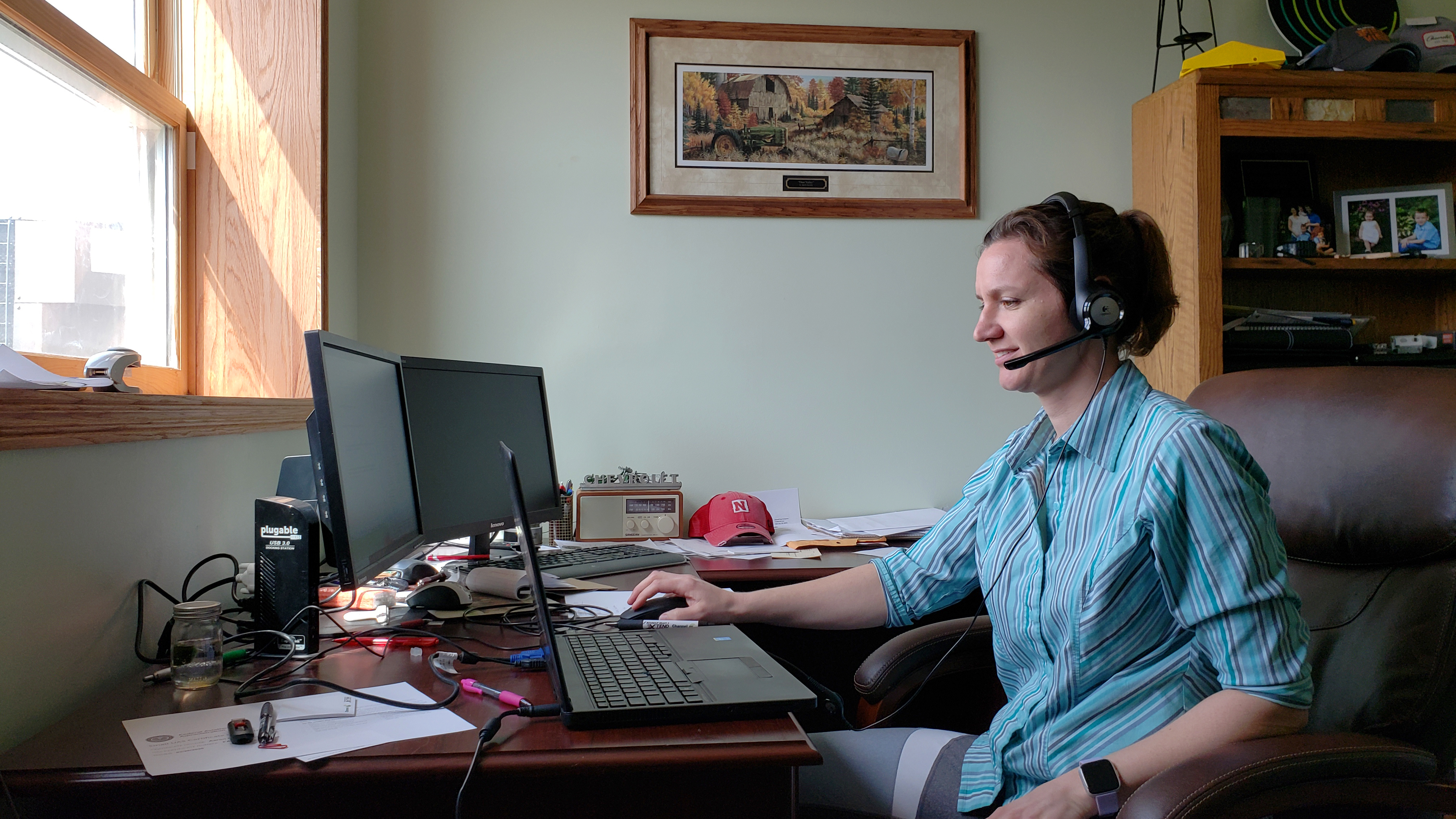
Meghan Sindelar’s experience teaching online courses, alongside a willingness to trial and incorporate online learning into in-person courses well before the COVID-19 outbreak demanded it, had her ahead of that curve.
Two years ago, the assistant professor of practice of agronomy and horticulture began teaching AGRO/HORT 134, a fully online edition of a one-credit lab that supplements a plant science course. While thinking through how to structure the lab, Sindelar and colleague Stacy Adams got an idea: have students snap photos of plants, identify them, then upload the images to Canvas for the class to collectively peruse.
Some of those assignments ask students to consider plant structures and how those structures help meet plant needs — the way that thicker leaves allow plants to better tolerate drought or drier climates, for instance. Others focus on reproduction or stages of growth. All help spur the visual learning and dialogue that are keystones of any good lab, she said.
As talk swirled about flattening the curve of COVID-19 cases and hospitalizations, some Husker faculty were soon looking to shorten the learning curve brought on by the university’s abrupt shift to remote teaching.
“We realized that plants are all around us, and the thing folks gained from coming to class was the discussion on things like why experimental results varied or how differences in biology affect differences in management,” Sindelar said. “We do our best to replicate that aspect using the discussion boards and Zoom.”
As part of her online agronomy and horticulture labs, Meghan Sindelar asks students to snap and share plant photos via Canvas. Having survived a mid-semester shift to remote teaching, Sindelar now plans on integrating the photo-sharing activity into an in-person lab this fall.
Sindelar was integrating similar online content into AGRO 366, a 66-student class on soil nutrients and fertilizers, when the novel coronavirus emerged this spring.
“I was very glad that, A, I had online teaching experience, and B, that the class was already set up as flipped, with a lot of content online,” she said.
Still, Sindelar said she did pick up tips from the final few weeks of the suddenly far-flung semester, which had her workshopping some online content for larger groups of students than she was accustomed.
“I found that, even if I have to say something 20 times, students retain information more when you are talking to just four to five of them,” she said, “than when you are talking to 80 to 100 of them.”
When classes do return to the classroom, Sindelar said she’ll be bearing in mind more of the opportunities afforded by the online environment. She’s already planning on adding photo-sharing assignments, previously reserved only for online labs, to the in-person AGRO 132 lab this fall.
“I see now that we can make it work for even more courses than we originally thought,” she said. “Students have a lot of materials in their surroundings and just need guidance on how to turn their observations into learning moments.”
Scott Schrage | University Communication
More details at: https://go.unl.edu/faof